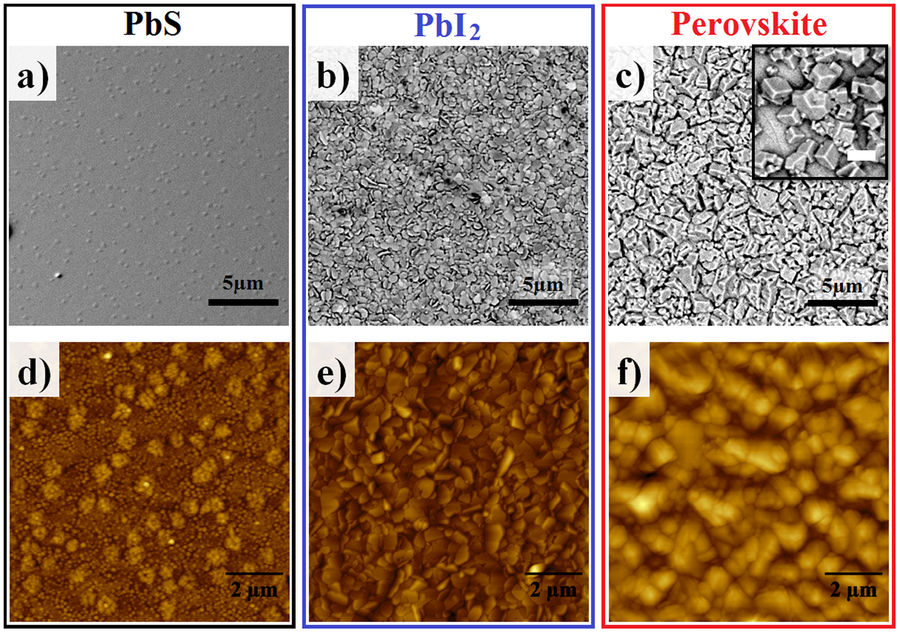Scientific Reports Volume 8, Article number: 1563 (2018)
José Maria Clemente da Silva Filho, Viktor A. Ermakov & Francisco Chagas Marques
Nanosurf customers of the Gleb Wataghin Institute of Physics Campinas Brazil Campinas Brazil published their newest results on Perovksite thin films in the Nature open access journal “Scientific Reports”:
A Nanosurf FlexAFM was used in this novel approach for producing planar perovskite thin films. The atomic force microscope images were obtained in tapping mode and used for morphological analysis of the perovskite thin films. The new technique's advantage is its high reproducibility and the potential for to scale up the perovskite solar cells production in an industrial setting.
Abstract
In the last few years, research on dye-sensitised devices has been focused on the development of solar cells, based on CH3NH3PbX3 (X = I−, Br−, Cl−) composites with perovskite structure. The deposition of perovskite thin films is usually carried out by solution-based processes using spin-coating techniques that result in the production of high quality films. Solar cells made by this method exceed 20% efficiency, with the potential for use in large scale production through ink print or screen printing techniques. As an alternative route, perovskite thin films can be deposited through thermal evaporation. A new method is proposed to produce CH3NH3PbI3, based on a radio-frequency (rf) -sputtering technique that results in a high reproducibility of the films and is compatible with roll-to-roll processes. We deposited thin films of lead-sulphide (PbS) and converted them into perovskite by placing the films in an iodine atmosphere, followed by dipping in a solution of methylammonium iodide (CH3NH3I). The conversions to PbI2 and CH3NH3PbI3 were confirmed by elemental analyses, absorption, and photoluminescence spectroscopy. Structural properties were revealed by X-ray diffraction and infrared and Raman spectroscopy.


